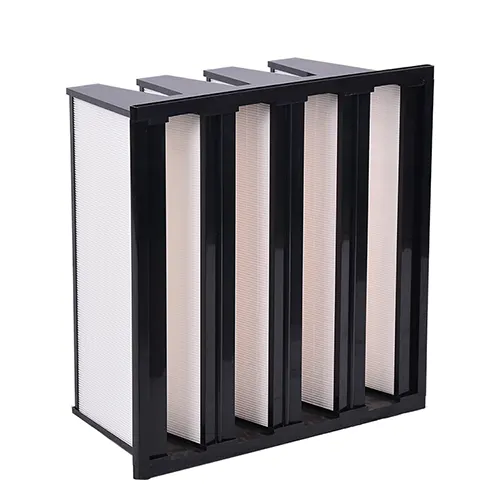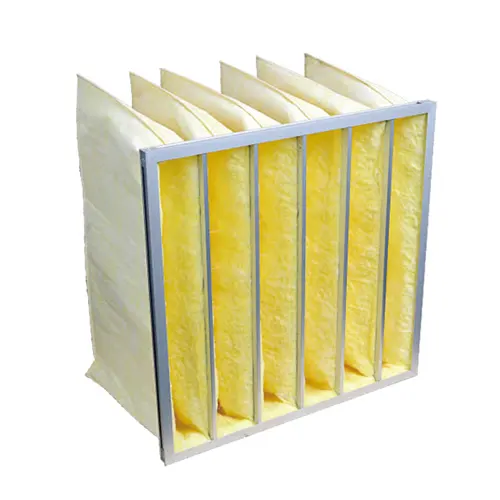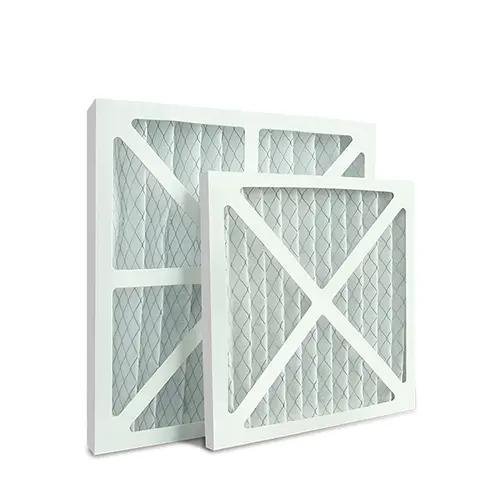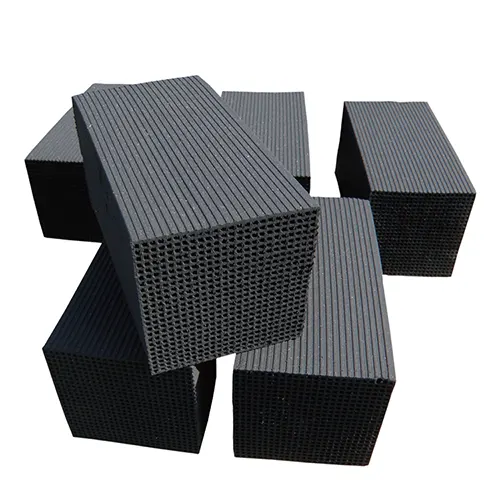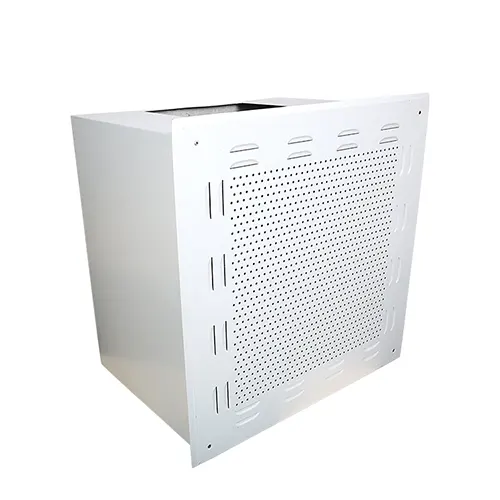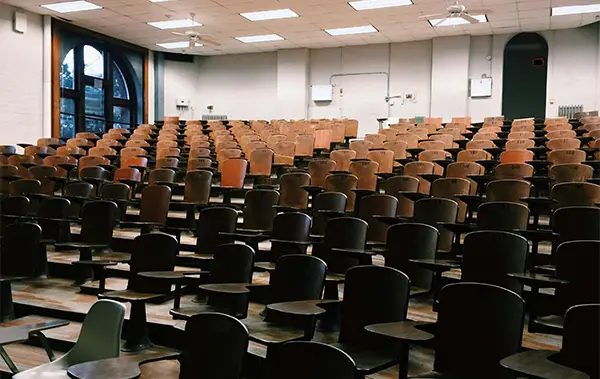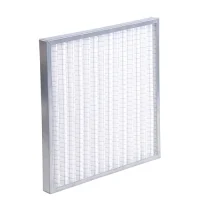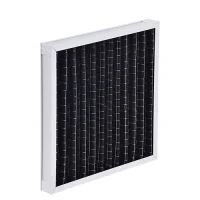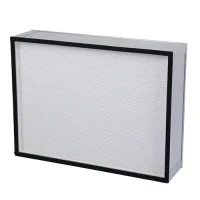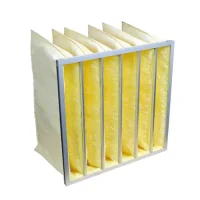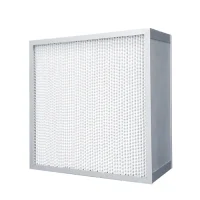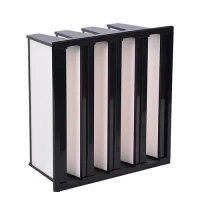Investing in high-quality air filtration systems provides several significant advantages for schools and universities.
Not only does it help maintain a clean and healthy environment, but it also enhances the overall experience for students, staff, and visitors.
Improved Health
Maintaining clean air through effective filtration is crucial for reducing exposure to airborne allergens, dust, pollen, and pollutants. By removing these harmful particles, air filtration systems help reduce asthma, allergy symptoms, and other respiratory issues.
As a result, students and staff experience fewer sick days and better overall health, which leads to higher productivity and fewer disruptions in the learning environment. Cleaner air promotes the well-being of everyone on campus, ensuring a safer and more comfortable setting for learning and teaching.

Enhanced Learning Environment
Clean air is directly linked to improved concentration and cognitive performance. By removing airborne contaminants, air filtration systems reduce distractions such as coughing, sneezing, and general discomfort caused by poor air quality.
Students and teachers are better able to focus on their tasks, leading to a more effective and engaging learning experience. A healthy, fresh air environment also helps reduce fatigue and increases comfort, making students more attentive and productive throughout the day.
Energy Efficiency
Air filtration systems are designed to maintain optimal air quality without overloading HVAC systems. Clean-Link’s filters are engineered for energy efficiency, ensuring that the air handling systems can work effectively without wasting energy.
These high-performance filters help reduce strain on HVAC equipment, which can lower operating costs and extend the life of the systems. By investing in energy-efficient air filtration solutions, schools and universities can save money on energy bills while maintaining a healthy indoor environment for all.
Odor Control
Air filtration systems are also essential for controlling odors, particularly in areas such as cafeterias, restrooms, and common areas. Unpleasant smells from food preparation, trash, or damp environments can create an uncomfortable atmosphere for students and staff.
Activated carbon filters and other specialized filtration technologies effectively capture and neutralize these odors, ensuring that all areas on campus remain fresh and inviting. This contributes to a more pleasant and comfortable environment for everyone on campus.


